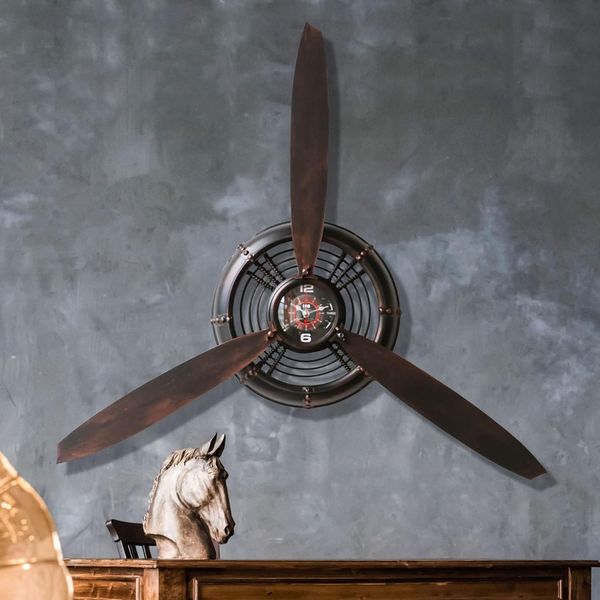Airbreathing and non-airbreathing engines make up the two main categories of aerospace engines. For simplicity, Airbreathing engines (also known as airbreathers) function by utilizing the air that the aircraft is flying through, both as an oxidizer for the fuel in the combustion chamber and as a working fluid for thrust generation. Non-airbreathing engines are rocket engines in which the propellant gas is produced aboard the vehicle. A rocket engine is a type of jet propulsion system that generates thrust by ejecting stored substances known as a propellant.
Airbreathing engines are divided into 2 types: reciprocating engines and jet engines. The Wright brothers' first successful flight was propelled by a piston engine. Up until jet engines took over, it remained the predominant source of propulsion for aircraft. Piston engines with water-cooled engines were utilized from 1903 to 1908. Excess drag and weight created by liquid-cooled engines hampered airplane performance at the time. In 1908, liquid-cooled engines had been replaced by air-cooled ones, resulting in weight reductions of up 40%. However, the performance of these air-cooled engines fell short of expectations. To increase the efficiency of air-cooled aircraft, The National Advisory Committee for Aeronautics (NACA) created a cowling that encased the engine. This engine enclosure restricted the passage of air over the engine cylinders to air in contact with the cooling fins of the cylinders.

However, piston engines were much too heavy to compete with jet engines in terms of power output. The capacity to fly at greater altitudes and at faster speeds with simpler control is one of the most evident benefits of jet engines versus reciprocating engines. The increased airflow makes cooling less difficult. On the other hand, the continuous ignition system of the reciprocating engines is not required, spark plugs are only utilized for the startup. There is no need for a carburetor or a mixture control.
The first jet engines appeared in the 1940s, and during the next 60 years, they underwent enormous progress that has continued to this day. Whether they are turbojets, turbofans, or turboprops, the engines utilized in some aircraft applications are all collectively referred to as "jet engines."
Qanot Sharq Takes Delivery of First Airbus A321XLR to Transform Central Asian Long Haul Travel » U.S. Government Admits Liability in Fatal Mid-Air Collision » Memphis at Midnight: Inside FedEx's Global Superhub »
Comments (0)
Add Your Comment
SHARE
TAGS
INFORMATIONAL Aerospace EnginesAviationClassificationRECENTLY PUBLISHED
 The Top 5 Longest Flights in the World
Technology continues to transform the way we live, work, and connect. Few industries embody this more than air travel, which has effectively shrunk the world in recent years. Journeys that would have once seemed impossible can now be completed in mere hours. Here's a look at the World's Top 5 flights, ranked by distance.
INFORMATIONAL
READ MORE »
The Top 5 Longest Flights in the World
Technology continues to transform the way we live, work, and connect. Few industries embody this more than air travel, which has effectively shrunk the world in recent years. Journeys that would have once seemed impossible can now be completed in mere hours. Here's a look at the World's Top 5 flights, ranked by distance.
INFORMATIONAL
READ MORE »
 Top 5 Unique Gifts for Pilots & Aviation Lovers Under $50
Discover five budget-friendly aviation gifts for under $50, ranging from stylish polarized aviator sunglasses and airplane pattern ties to practical VFR sectional flashcards. This curated list offers the perfect mix of professional utility and industrial decor for every pilot and flight enthusiast.
STORIES
READ MORE »
Top 5 Unique Gifts for Pilots & Aviation Lovers Under $50
Discover five budget-friendly aviation gifts for under $50, ranging from stylish polarized aviator sunglasses and airplane pattern ties to practical VFR sectional flashcards. This curated list offers the perfect mix of professional utility and industrial decor for every pilot and flight enthusiast.
STORIES
READ MORE »
 Memphis at Midnight: Inside FedEx's Global Superhub
When considering major hub airports in the United States, few might think of Memphis International Airport (MEM). This facility, which is only the second busiest in Tennessee based on passenger volumes, might not boast an impressive flight schedule from passenger airlines. However, across the airfield from Memphis' passenger terminal, FedEx has turned the airport into a critical cargo superhub. In fact, between the hours of 10:00 PM and 5:00 AM, Memphis becomes the busiest airport in the world.
INFORMATIONAL
READ MORE »
Memphis at Midnight: Inside FedEx's Global Superhub
When considering major hub airports in the United States, few might think of Memphis International Airport (MEM). This facility, which is only the second busiest in Tennessee based on passenger volumes, might not boast an impressive flight schedule from passenger airlines. However, across the airfield from Memphis' passenger terminal, FedEx has turned the airport into a critical cargo superhub. In fact, between the hours of 10:00 PM and 5:00 AM, Memphis becomes the busiest airport in the world.
INFORMATIONAL
READ MORE »



